The anniversary of the regrouping day in Quy Nhon is an occasion to remember the 9 years of resistance against the French, and the great sacrifices of the people of the free zone of Inter-zone 5 when they had to exchange the freedom gained since August 1945 for the Fatherland to have a completely liberated North.
Inter-zone 5 and Inter-zone 5 free zone
The free zone is the area managed by the revolutionary government. The revolutionary government in the Central region was born from the Ba To Uprising (Quang Ngai). In his memoir From the Ba To Mountains and Forests , Lieutenant General Pham Kiet recounted: “For us, the night of March 11, 1945 was the happiest night of our lives. After so many years of suffering because of the enslavement of the people, after so many years of being imprisoned, we only dreamed of one day rising up and trampling the enemy’s head, and that day has come...”.
In the work Dawn of Ba To , Lieutenant General Nguyen Don also wrote: “The uprising was victorious. We lowered the tricolor flag, raised the red flag with a yellow star to the top of the pole in the middle of the fort yard. The night wind blew strongly, the flag fluttered. Out there, on the roads leading to the district town, under the flickering torches, the people walked and shouted the slogan Long live Vietnam’s independence! The sound of drums, wooden fish, and horns echoed in the mountains and forests…”.
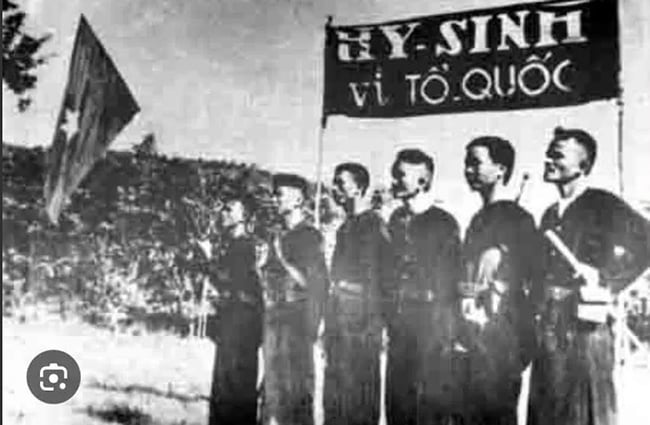 |
Ba To Guerrilla Team. Photo courtesy |
The Ba To guerrilla team with 28 initial soldiers developed into 2 companies to protect the newly established government and became the core of the armed forces to support the August General Uprising and build an army that drove the French invaders crazy.
The formation of Inter-zone 5 was closely linked to the development of the armed forces and the battles in the area. In the work The Paths of Resistance , Major General Vo Bam recounted that in December 1945, the South Central region had 7 national guard squads. In May 1946, the Southern Resistance Committee organized the national guard squads into 3 divisions, and the squads into regiments. After 5 months of operation, the divisions were dissolved, and the regiments were organized into military zones. The entire South Central region had three military zones, including: Military Zone 5, Military Zone 6, and Military Zone 15 (including 5 provinces of the Central Highlands). In October 1948, these 3 military zones were merged into Inter-zone 5.
Inter-zone 5 is large but the free zone of Inter-zone 5 only includes 4 provinces: Quang Nam, Quang Ngai, Binh Dinh, Phu Yen with about 2.5 million people, existing as a miniature country, with a stable economy, the people are relatively prosperous, free, and happy during the 9 years of resistance war against the French.
Senior Lieutenant General Tran Van Quang, Chairman of the Vietnam Veterans Association, commented: “The free zone of Inter-zone 5 was built firmly in all aspects, especially in terms of economy. Despite being fiercely attacked by the enemy, production continued to develop, not only providing all the needs for the lives of the people and soldiers in the inter-zone but also supporting the South, Military Zone 4, Lower Laos and Northeastern Cambodia. Xi-ta fabric is a symbol of the spirit of self-reliance and self-reliance of the heroic Inter-zone 5…”.
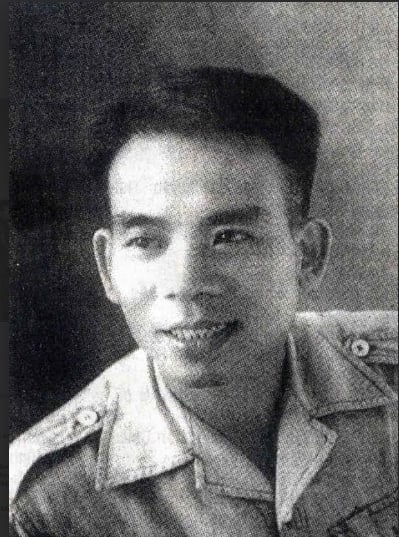 |
General Nguyen Chanh, Secretary of the Regional Party Committee and Commander of Inter-Zone 5, who led the army and people of Inter-Zone 5 for nine long and arduous years, firmly protecting the achievements of the August Revolution. Photo courtesy of the Ministry of Defense. |
General Vo Nguyen Giap also assessed: "It is especially worth mentioning that in Inter-zone 5 during this period, the inter-zone leaders and Nguyen Chanh paid due attention, steadfastly and continuously built the main force, knew how to skillfully use the main force to promote the development of the resistance, both fighting and building, and growing quite firmly and quickly."
Fighting in the siege
World War II ended, the French colonialists were determined to regain Indochina. On September 23, 1945, France opened fire to attack Saigon. On October 9, 1946, French General Leclert brought 40,000 French troops to the South.
On October 23, 1945, French troops landed and coordinated with Japanese troops to capture Nha Trang. December 20, 1946 France occupied Da Nang. In early 1946, France signed a treaty with Laos and Cambodia, according to which these two countries agreed to become autonomous states within the French Union, with France in charge of military and diplomatic affairs, meaning that France had enough conditions to deploy troops throughout these two countries. In the East, with a powerful naval force, France occupied coastal islands and controlled the sea area of the area. Thus, by 1946, France had formed a siege of the free zone of Inter-zone 5.
During the 9 years of resistance, together with the troops marching south, our army and people won many major battles from Khanh Hoa to Quang Nam, up to the Central Highlands, firmly maintaining our brilliant free zone.
In the work Central Vietnam: Unforgettable Days, Senior Lieutenant General Nguyen Nam Khanh wrote: In just 200 days and nights of continuous fighting (from January 26, 1954 to July 17, 1954), the army and people of South Central Vietnam destroyed 28,771 enemies, captured 7,592 guns of all kinds..., liberated the entire Kon Tum province, most of Gia Lai province, many densely populated areas in the Southern Central Highlands and provinces temporarily occupied in the coastal plains. The French Atlante operation was defeated. We not only maintained the free zone of Inter-zone 5 but also expanded it.
Leaving with a promise to return
When the French soldiers stepped onto Long Bien Bridge to leave Hanoi on October 10, 1954, they probably knew they would never return. But the cadres, soldiers and people who gathered in the North almost all thought they would only temporarily leave their homeland for 2 years and then return.
In the Central region, those unforgettable days , General Nguyen Nam Khanh recounted: “In that bustling, exciting atmosphere, I still saw on the faces of those who saw us off a hidden sadness and worry about what would happen next. I was walking behind the line of soldiers... when a boy about 14 years old from behind hugged my back as if to keep me from leaving. I held his hand and whispered in his ear: “After two years, you guys come back.” He said through sobs: “But when you guys go, they come!”
You left, they came and carried out a regime of oppression against the people, taking revenge on the old resistance fighters. The people rose up once again and you returned in a mighty army to fight for the goal of liberating the South and unifying our beloved country. Many of the people present in that army were the ones who boarded the train to the North in the past. You kept your oath, you will return to your homeland and our homeland will be free and independent forever.
***
70 years have passed, the former free zone of Inter-Zone 5 is now entering a new era with the whole country. I, like many compatriots and comrades, firmly believe that under the leadership of the Party, we will gain many new successes and victories.
In the past, in extremely difficult circumstances, our army and people still achieved glorious victories. Today, our position and strength are even more stable and favorable. Certainly, an independent and free Vietnam will be even happier and more prosperous in the new era.
DIAMOND MORTALITY
Source: https://baobinhdinh.vn/viewer.aspx?macm=1&macmp=1&mabb=355194




![[Photo] Binh Thuan organizes many special festivals on the occasion of April 30 and May 1](https://vphoto.vietnam.vn/thumb/1200x675/vietnam/resource/IMAGE/2025/5/1/5180af1d979642468ef6a3a9755d8d51)
![[Photo] Ha Giang: Many key projects under construction during the holiday season](https://vphoto.vietnam.vn/thumb/1200x675/vietnam/resource/IMAGE/2025/5/1/8b8d87a9bd9b4d279bf5c1f71c030dec)
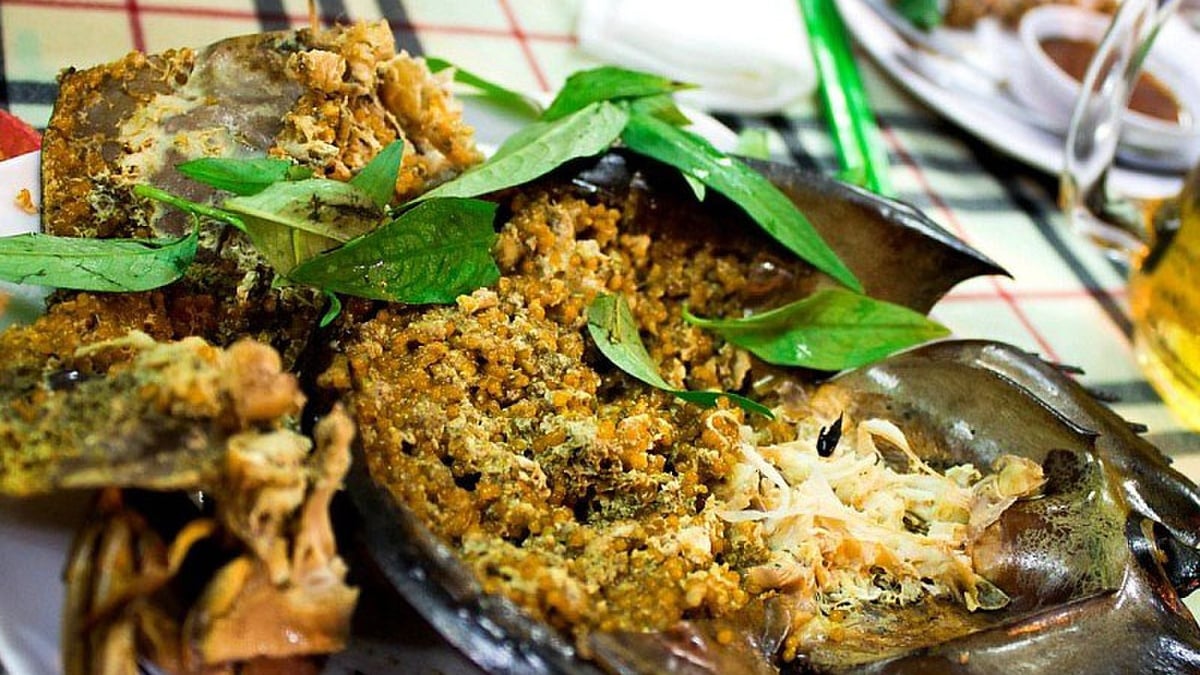
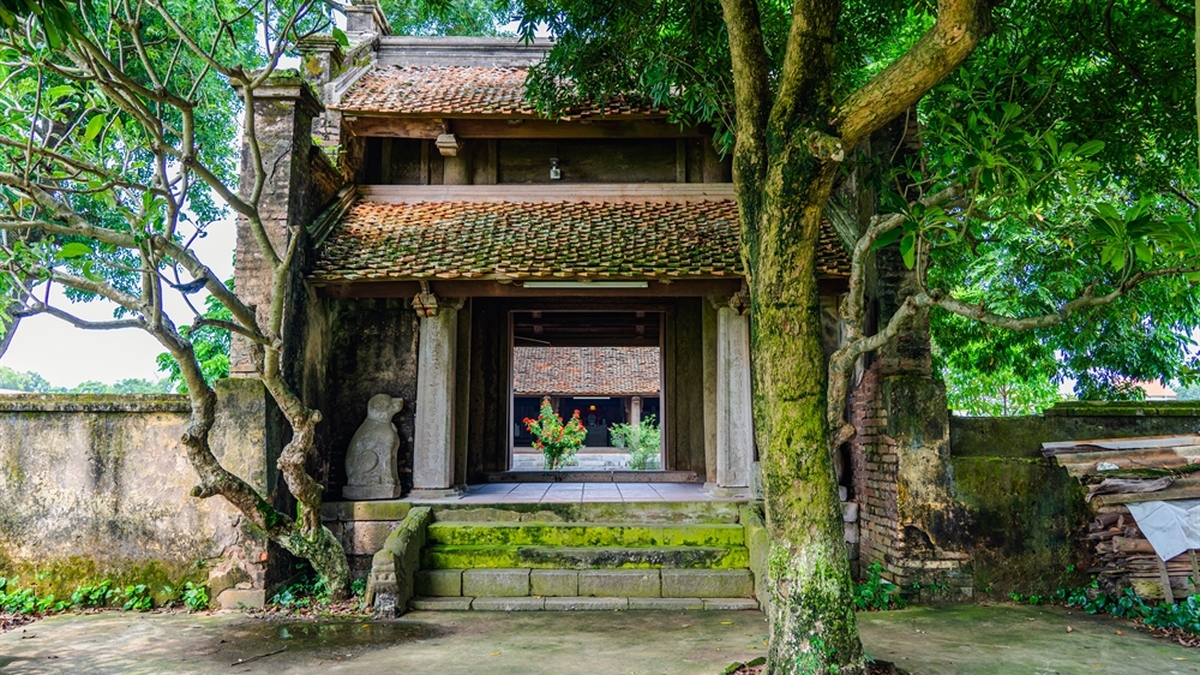
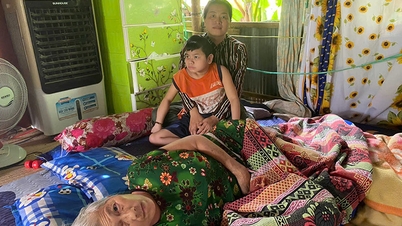



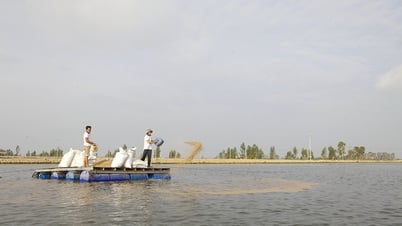





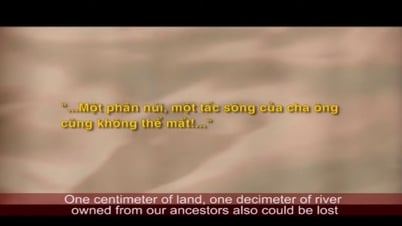

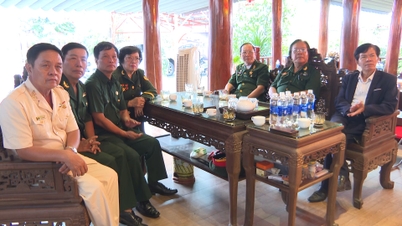

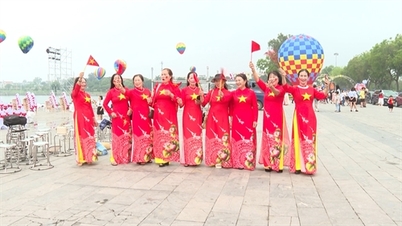
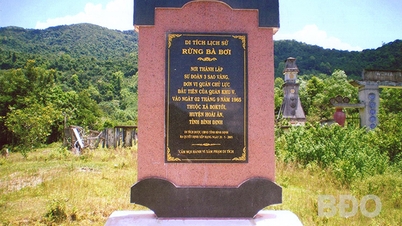

![[Photo] Feast your eyes on images of parades and marching groups seen from above](https://vphoto.vietnam.vn/thumb/1200x675/vietnam/resource/IMAGE/2025/4/30/3525302266124e69819126aa93c41092)



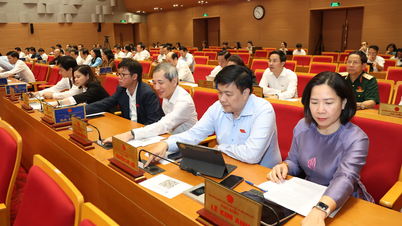

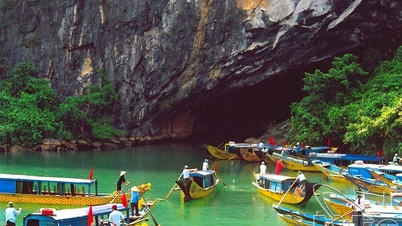

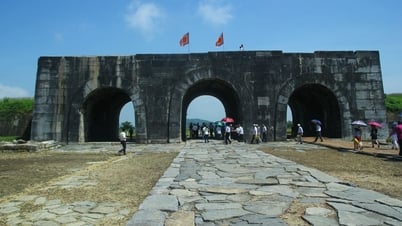


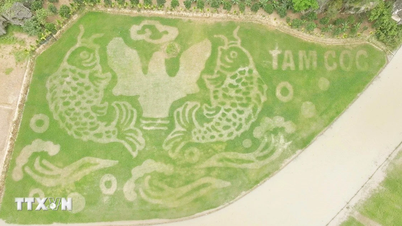




















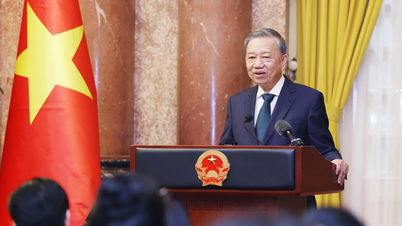
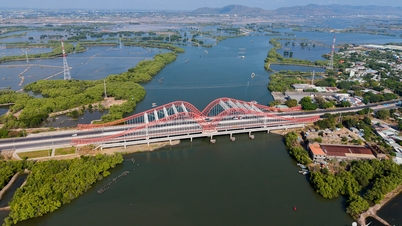


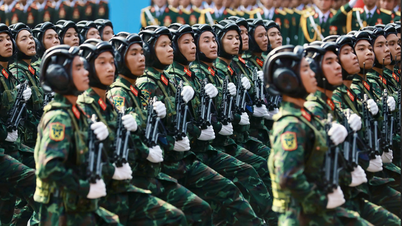
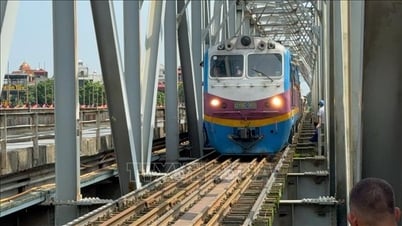
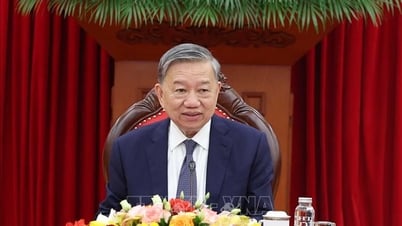













![[Photo] Water carrying festival](https://vphoto.vietnam.vn/thumb/402x226/vietnam/resource/IMAGE/2025/5/1/7d7b49647d7340f98d94f3e4deff3e7c)











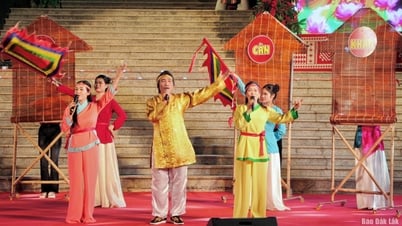





Comment (0)